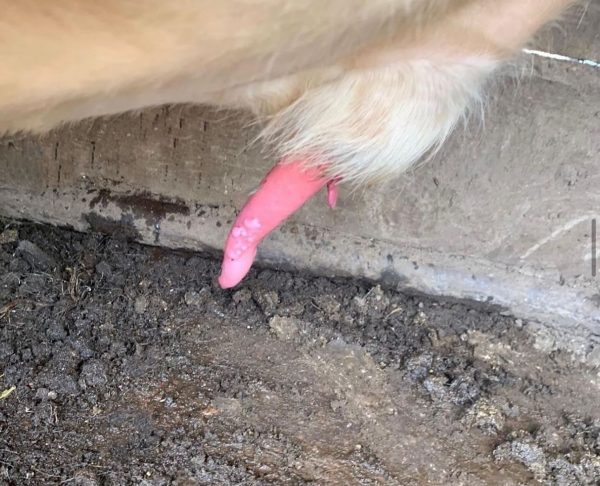Balanitis in Bulls: Everything You Need to Know
Balanitis in bulls is a disorder that affects the prepuce and glans, causing inflammation and discomfort. This problem can be triggered by a variety of factors, including bacterial, fungal, or viral infections, as well as traumatic injuries or unfavorable environmental conditions. It is crucial for farmers to be attentive to the symptoms and take swift measures to treat this disease and prevent complications.
Causes of Balanitis in Bulls: Balanitis can be caused by bacteria such as Escherichia coli, staphylococci, and streptococci, as well as by fungi such as Candida spp. and viruses such as bovine herpes virus. Additionally, injuries to the genital area due to fights between bulls or other accidents can increase the risk of developing balanitis. Environmental factors such as humidity, dirt, and lack of hygiene can also contribute to its onset.
Symptoms to Watch For: Signs of balanitis in bulls include inflammation, redness, abnormal discharge in the genital area, and difficulty urinating. Affected bulls may exhibit discomfort and behaviors such as rubbing against objects to relieve discomfort. Early detection of these symptoms is crucial for effective treatment.
Treatment and Prevention: Treatment of balanitis in bulls typically involves the use of antibiotics, antifungals, or other medications prescribed by a veterinarian. Additionally, it is important to improve hygiene conditions in the livestock environment and conduct regular checks to detect and treat any signs of balanitis. Maintaining an adequate vaccination program can also help prevent viral infections that may trigger this disease.

